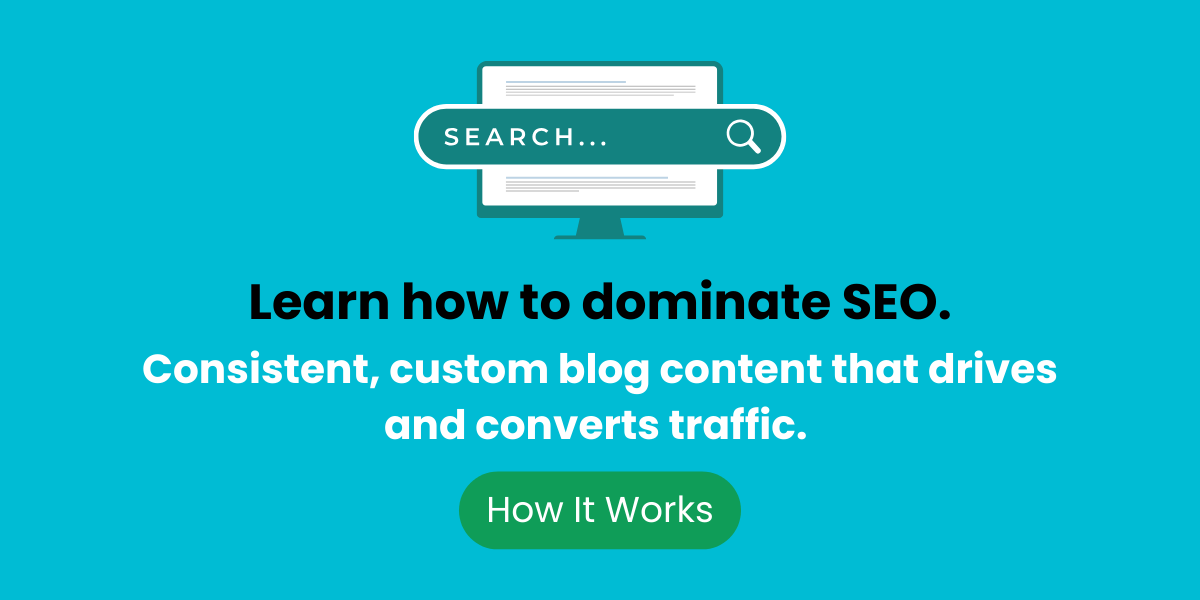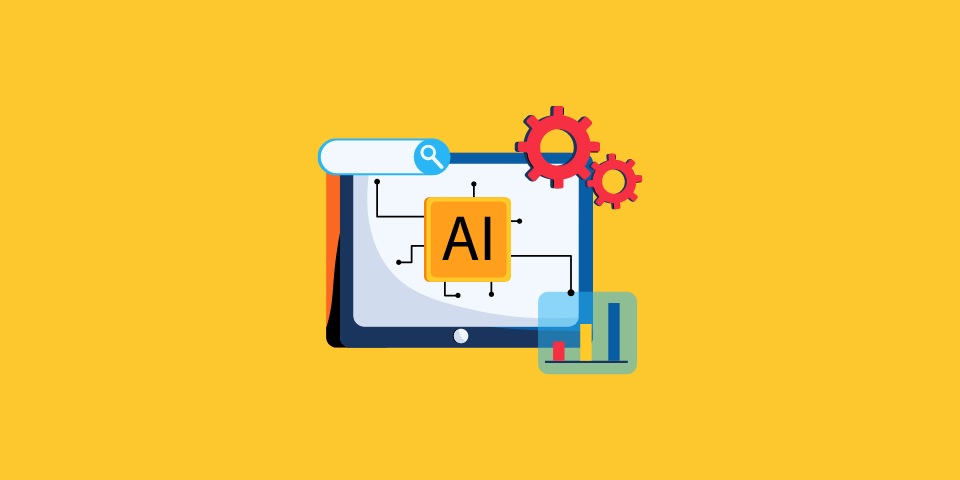Let me ask you something – do you ever wonder how responsive web design benefits your SEO? And, if that’s how some websites seem to magically appear at the top of Google’s search results? Well, I’ll let you in on a little secret: it’s not magic, it’s responsive web design!
You see, responsive web design is like the secret sauce that makes your website irresistible to both users and search engines. It’s the key to unlocking higher rankings, more traffic, and a user experience that keeps people coming back for more.
So, if you’re ready to give your website the SEO boost it deserves, keep reading. I’m about to spill the beans on how responsive web design benefits your SEO, and takes your online presence to the next level! Let’s dive into how responsive web design benefits your SEO.
What Is Responsive Web Design?
Responsive web design is a game-changer. It’s an approach that makes your website look and function beautifully on any device, from desktops to smartphones.
Definition of responsive web design
Responsive web design (RWD) is a web design approach that creates dynamic changes to the appearance of a website, depending on the screen size and orientation of the device being used to view it. RWD uses a mix of flexible grids and layouts, images and intelligent use of CSS media queries to create a tailored experience for the user, whatever device they’re using.
“Responsive web design offers us a way forward, finally allowing us to design for the ebb and flow of things.” – Ethan Marcotte, who coined the term responsive web design
How responsive web design works
The key technical ingredients for responsive web design are:
- Fluid grids that ebb and flow with a devices’ screen size
- Flexible images and media that keep content intact on any resolution
- Media queries allowing designs to adapt by establishing dimension breakpoints
But it’s not just about the technical stuff. Responsive web design is a whole new way of thinking about design.
Benefits of responsive web design for user experience
The benefits are huge:
- Content is easy to read without zooming or scrolling sideways.
- Navigation is simpler with well-spaced touch targets.
- Users don’t need to double-tap or pinch-to-zoom.
- The overall experience feels tailored to the device.
In short, your visitors get a seamless, optimized experience no matter what device they’re using. That’s the power of responsive web design.
How Responsive Web Design Improves User Experience
We all know the frustration of accessing a website on our phone, only to find tiny text, links too small to click, and a jumbled mess of content. It’s enough to make you hit the back button and try elsewhere. That’s where responsive web design comes in. By creating a flexible, device-agnostic design, you can vastly improve the user experience across the board.
Seamless experience across devices
With responsive design, your website automatically adapts to whatever device it’s being viewed on. No more pinching and zooming, no more side-scrolling to read content. Just a seamless, easy-to-navigate experience.
Faster load times on mobile devices
Mobile users are impatient. In fact, 53% of mobile site visits are abandoned if pages take longer than 3 seconds to load. With responsive design, you can serve up leaner, mobile-optimized content that loads quickly.
Easy navigation and readability
Have you ever landed on a website on your phone, only to find the navigation links are too small to tap? Or the text is so tiny you have to zoom in to read it? Responsive design eliminates these issues, making navigation intuitive and content easily readable.
Reduced bounce rates and increased engagement
When your website is a pleasure to use, visitors stick around longer. They read more content, visit more pages, and convert more often. By reducing your bounce rate and increasing engagement, responsive design can give your conversion rates a serious boost.
How Responsive Web Design Benefits Your SEO
It’s not just about user experience though. Responsive web design can have a big impact on your search engine rankings too.
Better search engine rankings
Google has been crystal clear that they prefer responsive web design. In fact, they’ve stated that responsive design is their recommended design pattern. By having one responsive site rather than separate desktop and mobile versions, you make it easier for Google to crawl, index, and understand your content. This can give you an edge in the search results.
Improved crawlability and indexing
With responsive design, you have one website with one URL and the same HTML across all devices. This makes it easier for search engines to crawl and index your content, improving your visibility in search results.
Reduced duplicate content issues
If you have separate mobile and desktop sites, you risk running into duplicate content issues. This happens when the same or similar content is accessible on multiple URLs. With responsive design, you don’t have to worry about this. You have one site with one URL for each piece of content, regardless of device.
Alignment with Google’s mobile-first indexing
Google has shifted to mobile-first indexing. This means they predominantly use the mobile version of your content for indexing and ranking. If your site isn’t optimized for mobile, you could be missing out on valuable search traffic. Responsive design ensures your site is ready for mobile-first indexing.
Responsive Web Design Best Practices for SEO
So we know responsive design is good for SEO. But how do you go about it? Here are some best practices to keep in mind.
Optimizing images and media for faster loading
Large images and media files can slow your site down to a crawl, especially on mobile. Optimize your images by:
- Compressing them to reduce file size
- Using the correct file format (JPEG for photos, PNG for graphics with transparency, SVG for logos and icons)
- Implementing lazy loading so images only load when they’re in view
Implementing a mobile-friendly navigation
Your navigation needs to be easy to use on a small touchscreen. Some tips:
- Use a hamburger menu for your main navigation
- Ensure your touch targets are large enough (at least 44×44 pixels)
- Put key actions front and center
Ensuring content consistency across devices
Your content should be the same regardless of device. Avoid hiding content on mobile that’s visible on desktop. Google may see this as cloaking and penalize you.
Designing for various screen sizes and resolutions
There’s a huge variety of screen sizes out there, from small smartphones to large desktop monitors. Your design needs to adapt to all of them. Use relative units like percentages and ems instead of absolute units like pixels. And lean on CSS media queries to apply different styles based on screen size.
The Role of Responsive Web Design in Increasing Conversions
Responsive design isn’t just about looking good. It can have a real impact on your bottom line too.
Improved user experience leading to higher conversions
A better user experience means happier visitors. And happy visitors are more likely to convert into customers. In fact, 57% of users say they won’t recommend a business with a poorly designed mobile site. By providing a great experience across all devices, you can turn more visitors into leads and customers.
Reaching a wider audience across devices
People are using a wider range of devices than ever before. If your site only works well on desktop, you’re missing out on a huge chunk of potential customers. With responsive design, you can reach everyone, regardless of their device. This wider reach can lead to more conversions.
Increased time spent on site and engagement
The longer someone spends on your site, the more likely they are to convert. Responsive design can help you increase that crucial engagement metric. When your site is easy to use and navigate, people will stick around longer. They’ll view more pages, read more content, and be more likely to take action.
Integrating Responsive Web Design with Your Digital Marketing Strategy
Responsive design isn’t a standalone tactic. It should be integrated with your broader digital marketing strategy.
Enhancing social media sharing and engagement
When people share your content on social media, you want it to look good. Responsive design ensures your content is optimized for sharing, regardless of the device it’s viewed on. This can lead to more engagement, more traffic, and ultimately, more conversions.
Improving email marketing campaigns
Email is a key part of many digital marketing strategies. But if your emails aren’t optimized for mobile, you’re missing out. Over 60% of email opens occur on mobile devices. By using responsive design in your email campaigns, you can ensure your messages look great and drive action, no matter where they’re opened.
Streamlining content marketing efforts across devices
Your content marketing should provide a seamless experience across devices. Whether someone is reading your blog on their smartphone or watching a video on their tablet, it should be easy and engaging. Responsive design allows you to create content that adapts to any screen, keeping your audience engaged and moving them closer to conversion.
Responsive web design is a must-have, not just a nice-to-have pretty website design. It makes your site look great on any device, boosts SEO rankings by aligning with Google’s preferences, and ramps up user engagement and conversions. Remember to keep images light, navigation simple, and content consistent across all devices for the best results.
Conclusion
So there you have it, folks – how responsive web design benefits your SEO. It’s the ultimate game-changer when it comes to SEO. By creating a seamless, mobile-friendly experience for your users, you’re not just making their lives easier; you’re also scoring major points with Google.
Remember, a responsive website means better website design, search engine rankings, reduced bounce rates, and a wider audience reach. It’s the key to unlocking your website’s full potential and leaving your competitors in the dust.
So what are you waiting for? Embrace responsive web design and watch your SEO soar to new heights. Trust me, your website (and your users) will thank you for it.







